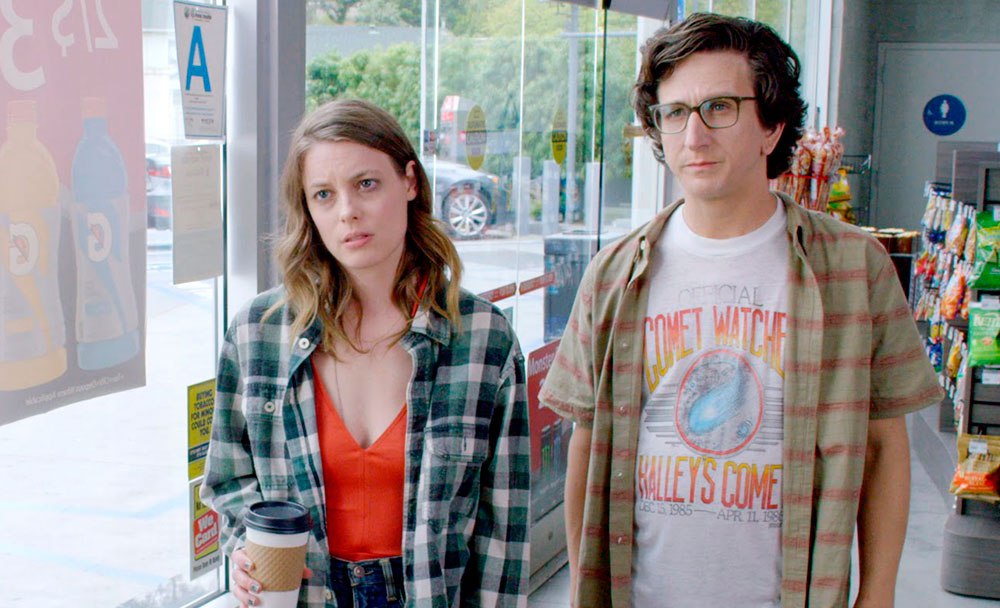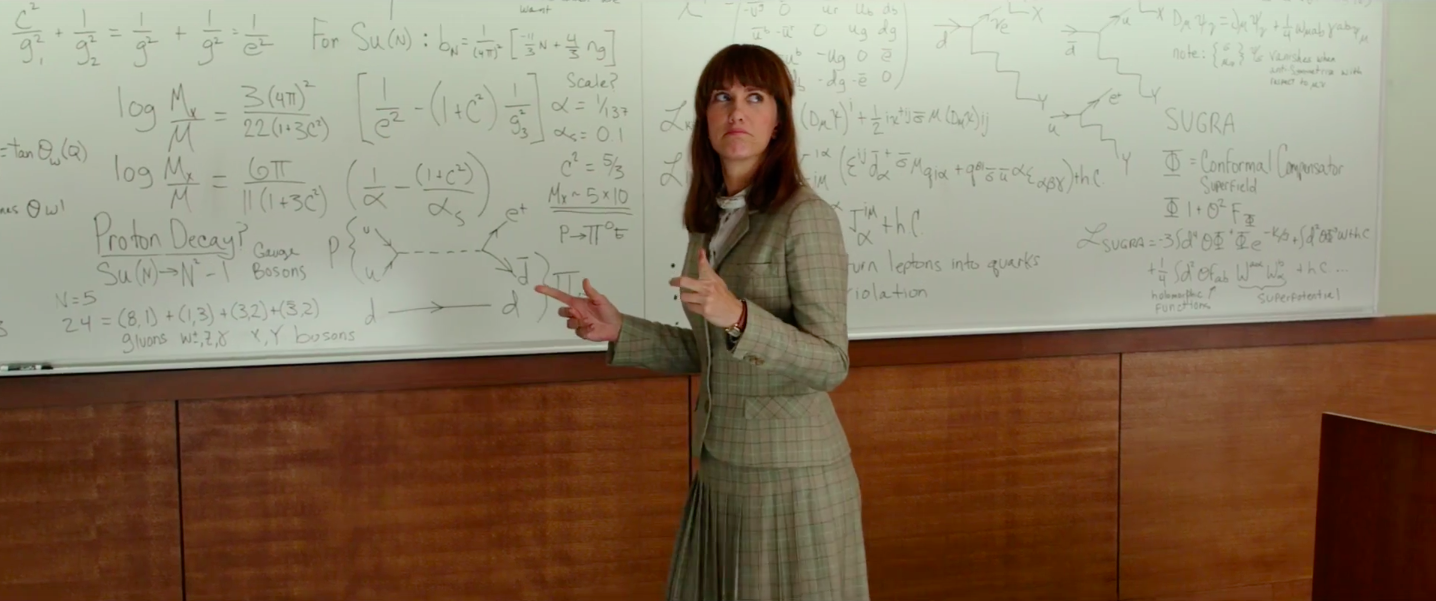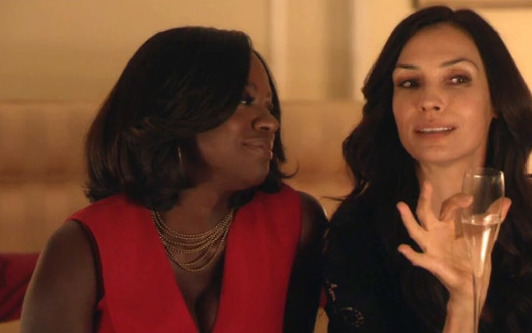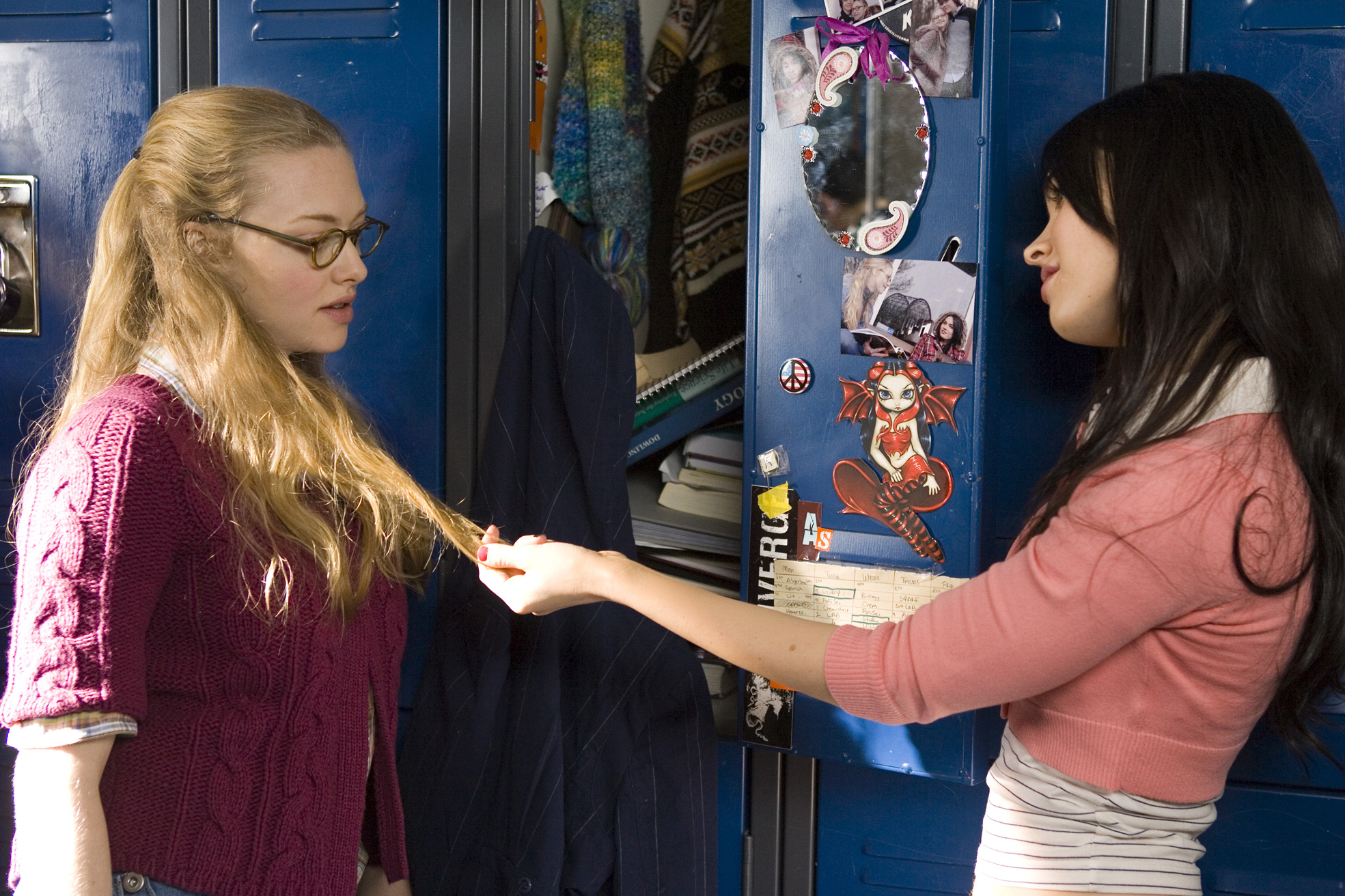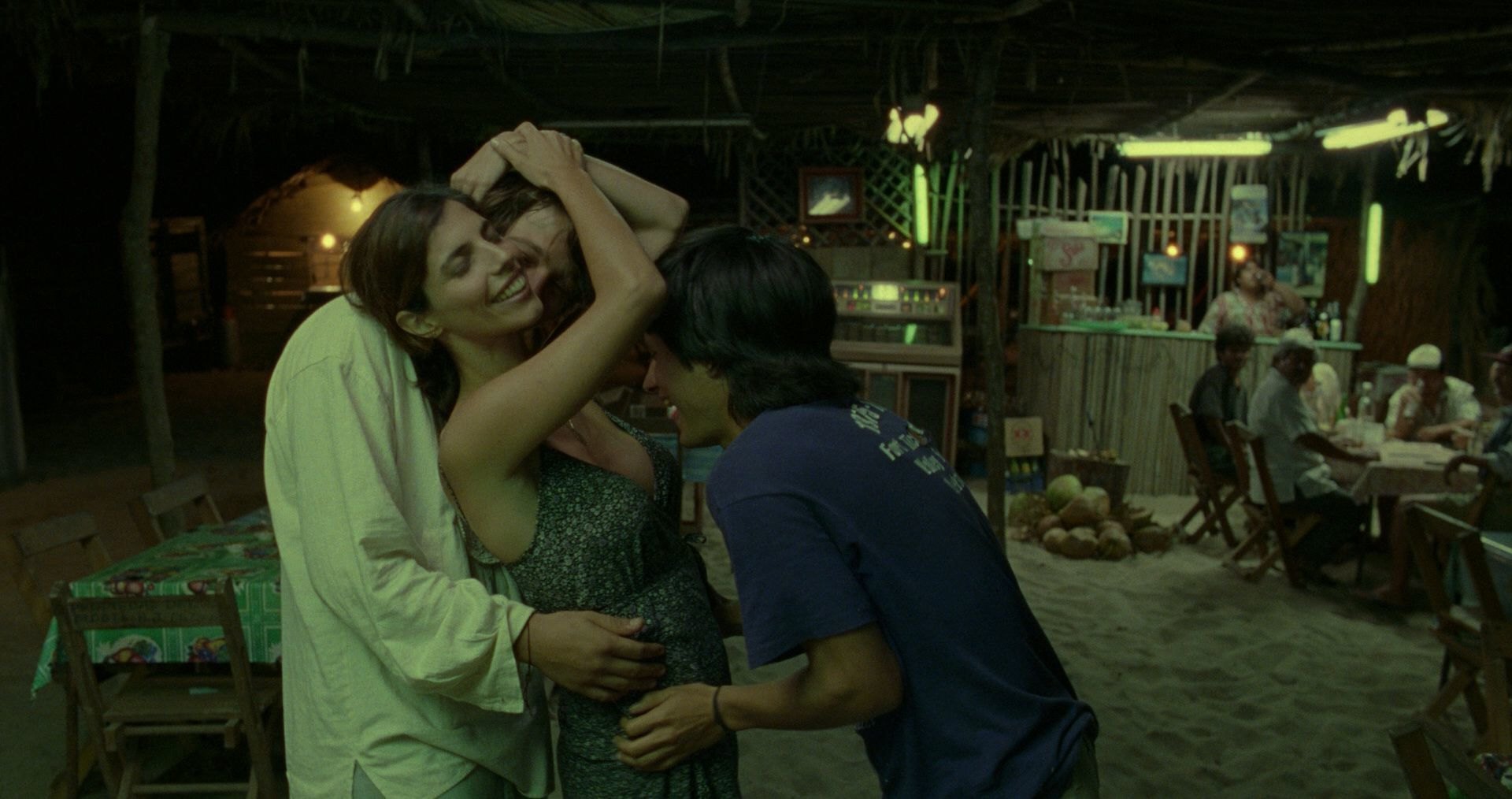This guest post is written by Siobhan Denton.
Now in its second season, Love, starring Gillian Jacobs and Paul Rust, is far more complex and developed than its detractors would have you believe. For those that have failed to truly engage with the show, the central relationship between Mickey (Jacobs) and Gus (Rust) is simply another restrictive addition to a long line of improbable relationships between a manic pixie dream girl and a less conventionally attractive “geeky” lead. While this is understandable to a casual viewer, it must be noted that to define Love as such is hugely limiting and fails to recognize the complexity that is at the heart of the series. Love’s characters, given room to breathe, are problematic and through this, are fully developed and engaging.
Quickly, it is apparent that Mickey and Gus reject the stereotypes that they initially appear to fulfill. Gus, despite presenting as a “nice guy,” is often passive aggressive and dependent. He is desperate to receive praise, and seeks it through attempting to be as amenable as possible, even when it is detrimental to his plans or aims. Gus strongly believes that he is a nice guy, and as such, should be treated accordingly. Similarly Mickey, who initially presents as a quirky, kooky, attractive woman, quickly rejects this image. She is a complicated, imperfect woman who, despite the various demands on her mental health, manages to maintain a successful career. Indeed, her ways of maintaining this career are, at times, questionable, including sleeping with her boss to ensure that she is not at risk of being fired. It’s as if Mickey cannot believe that she is successful within her role, despite the viewer witnessing her ability to multitask and appease colleagues at work, so she feels the need to ensure her success in methods that are more suited to her personal experience.
Mickey Dobbs is not an immediately likable character. Certainly she is engaging, and entertaining to watch, but her selfishness, borne out of her various addictions, often leads to narcissistic behavior. Initially seemingly motivated by self-interest, her interactions with those around her, including her work colleagues, highlights her ability to use and manipulate others. Given the room to develop without clichéd conflict or drama, the viewer soon recognizes that Mickey’s behavior is learned, and she acknowledges and recognizes it as damaging to both herself and the others around her.
Too often, representations of women fall into clichéd binary opposites in the style of Levi-Strauss. Thus, TV shows feature the “good” woman in direct conflict with the “bad” woman, with this clash driving the narrative forward. Mickey encompasses both; she is simultaneously good and bad, selfish and giving, childish and mature. It is this complexity that ensures Mickey’s believability and development as a character. She is real and human, and thus, relatable.
In recent years, this concept of a flawed female protagonist on-screen has gained traction in television series such as How to Get Away with Murder, You’re the Worst, House of Cards, Insecure, Game of Thrones, Empire, Crazy Ex-Girlfriend, Nurse Jackie, Fleabag, Damages, Jessica Jones, and Orange Is the New Black. One salient example is Girls, which features a cast of difficult and often problematic characters. Each of creator Lena Dunham’s characters is uniquely flawed, but their issues are often borne out of social status, class privilege, and white privilege. Certainly these flaws are worthy of focus, and their issues range from the complex to the superficial, yet the characters often generate their own problems leading to them isolating themselves from the audience. Unlike Girls’ Hannah Horvath, Mickey knows that she needs to work on her flaws. She also recognizes, and tries to rectify, the impact that her mistakes have had on others.
Take her interactions with Bertie (Claudia O’Doherty), her roommate, whose value as a friend Mickey does not initially recognize. Hoping to see Gus after a moment of conflict, she manipulates Bertie into attending a studio tour at the studios where Gus works as an on-set tutor. She knows that Bertie will resent the manipulation, especially when she has relied on Bertie for moral support previously, yet undertakes the ruse anyway. Once confronted by Bertie, she willing admits to her machinations and has subsequently recognized the importance of Bertie’s friendship (attempting to dissect Bertie’s relationship with Randy in hopes of protecting Bertie).
Mickey, in recognizing her issues, has endeavored to ensure that she is honest with those that she cares about. Thus she is honest about her addictions, particularly with Gus, and there is a clear sense that Mickey is consistently and resolutely herself with Gus. After their confrontation in season one, both Gus and Mickey recognize that honesty is crucial in ensuring the success of their relationship. Addictions and flaws aside, both Gus and Mickey offer no pretenses in their interactions with one another, and, in being afforded time to develop (as seen in the date episode in season two) are able to demonstrate their genuine chemistry with one another. Such a representation of a relationship, in which the characters simply enjoy each other’s company, is rare. Indeed, despite the external complications, their relationship thus far (midway through season two) is fairly uncomplicated – they simply like one another.
Ultimately, Mickey Dobbs’ characterization should be praised. She is a character who is allowed to make mistakes, act selfishly, and still be likable. Her representation is grounded in reality and thus makes her relatable and eminently watchable.
Siobhan Denton is a teacher and writer living in Wales, UK. She holds a BA in English and an MA in Film and Television Studies. She is especially interested in depictions of female desire and transitions from youth to adulthood. She tweets at @siobhan_denton and writes at The Blue and the Dim.
